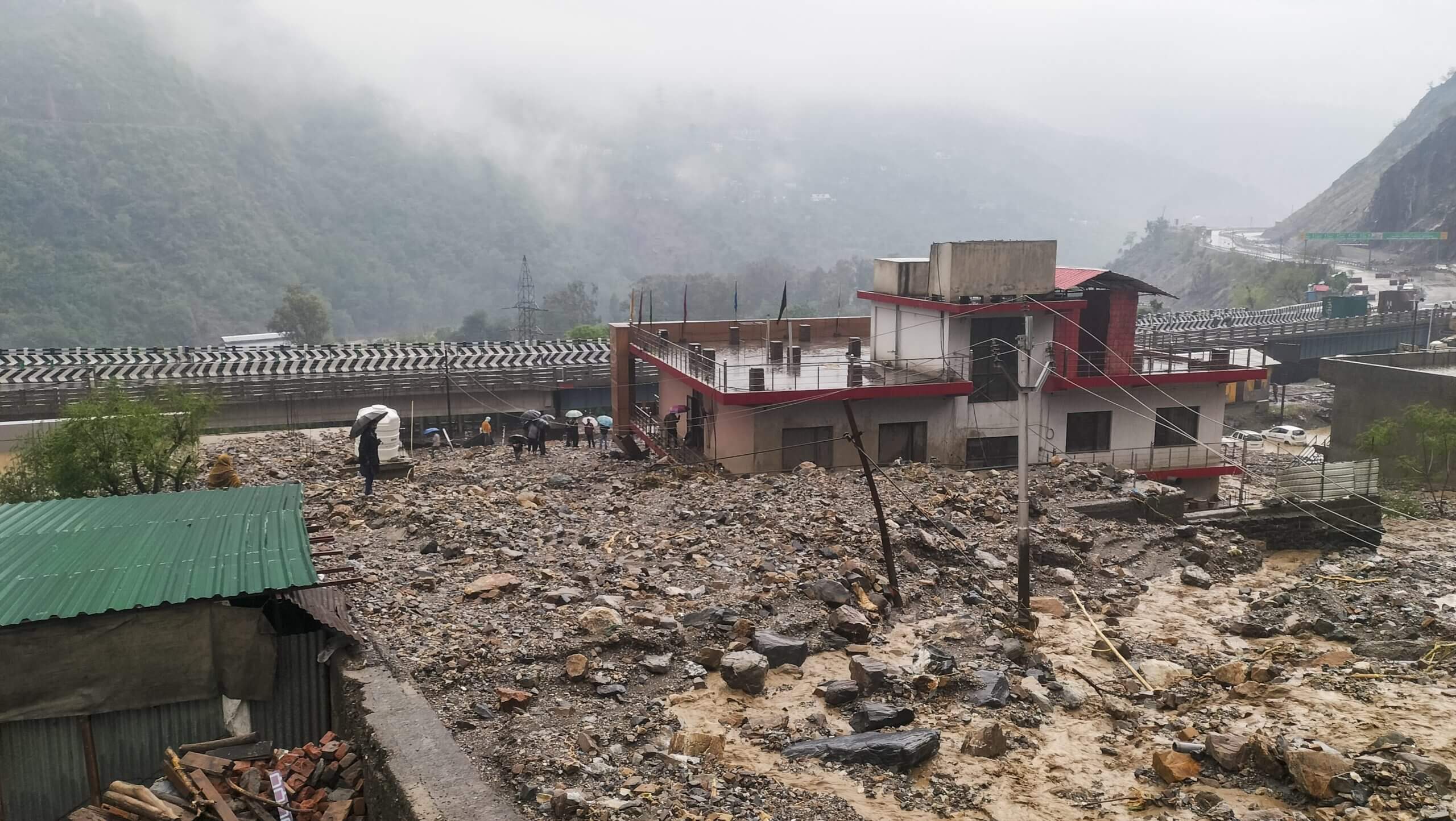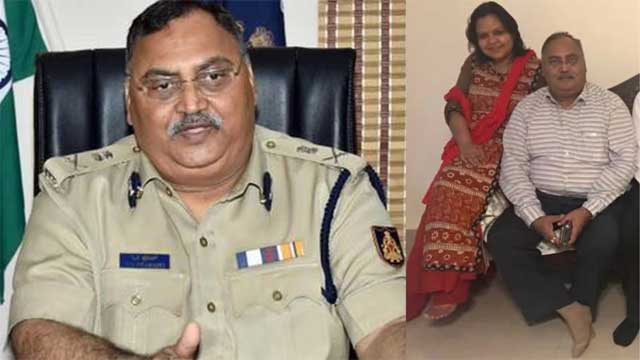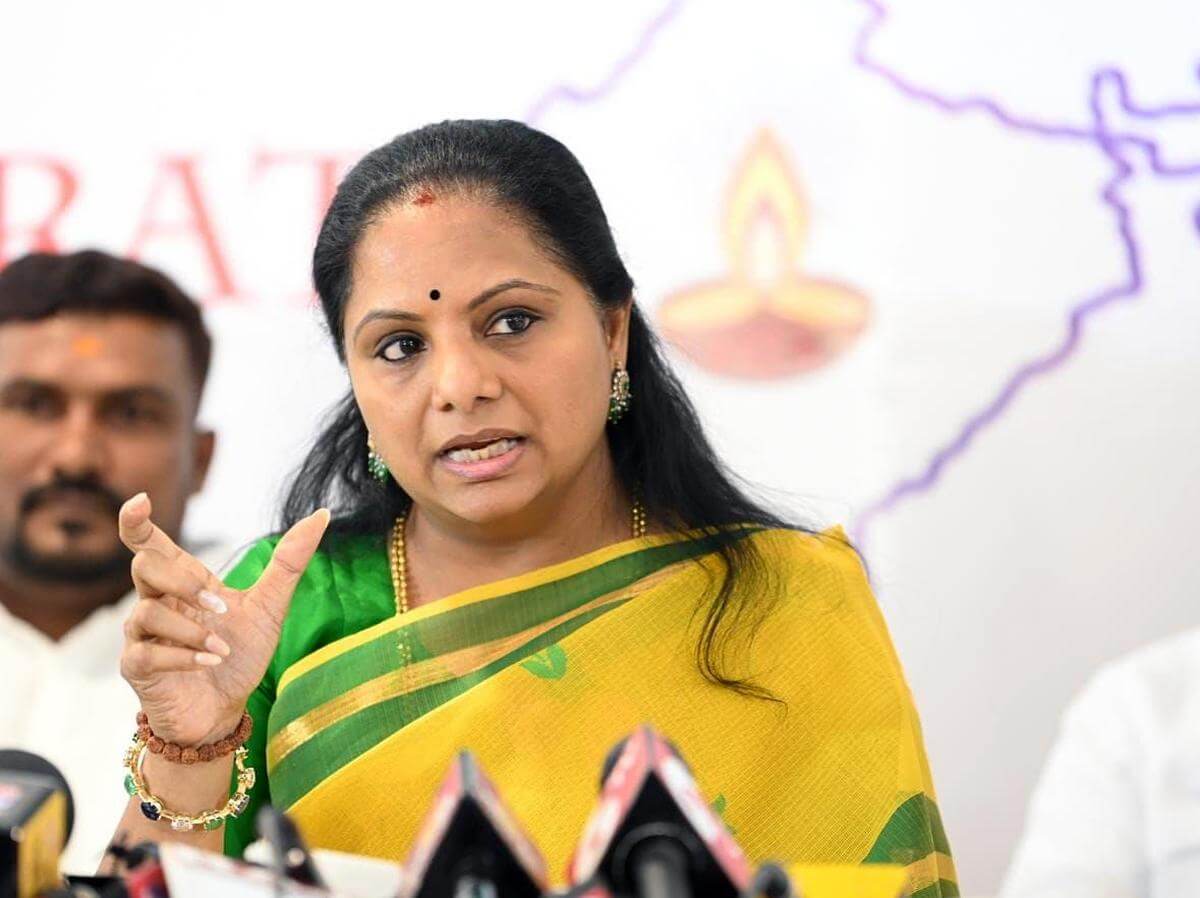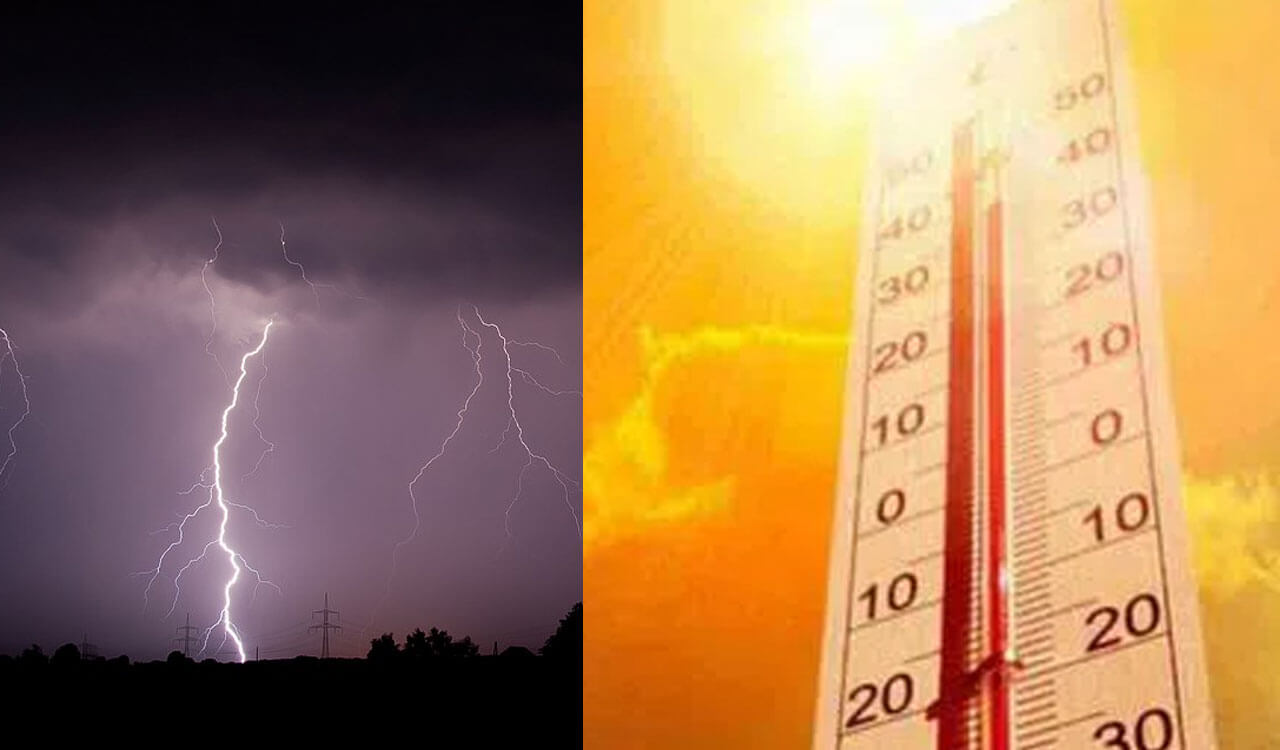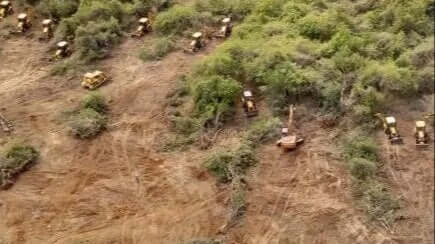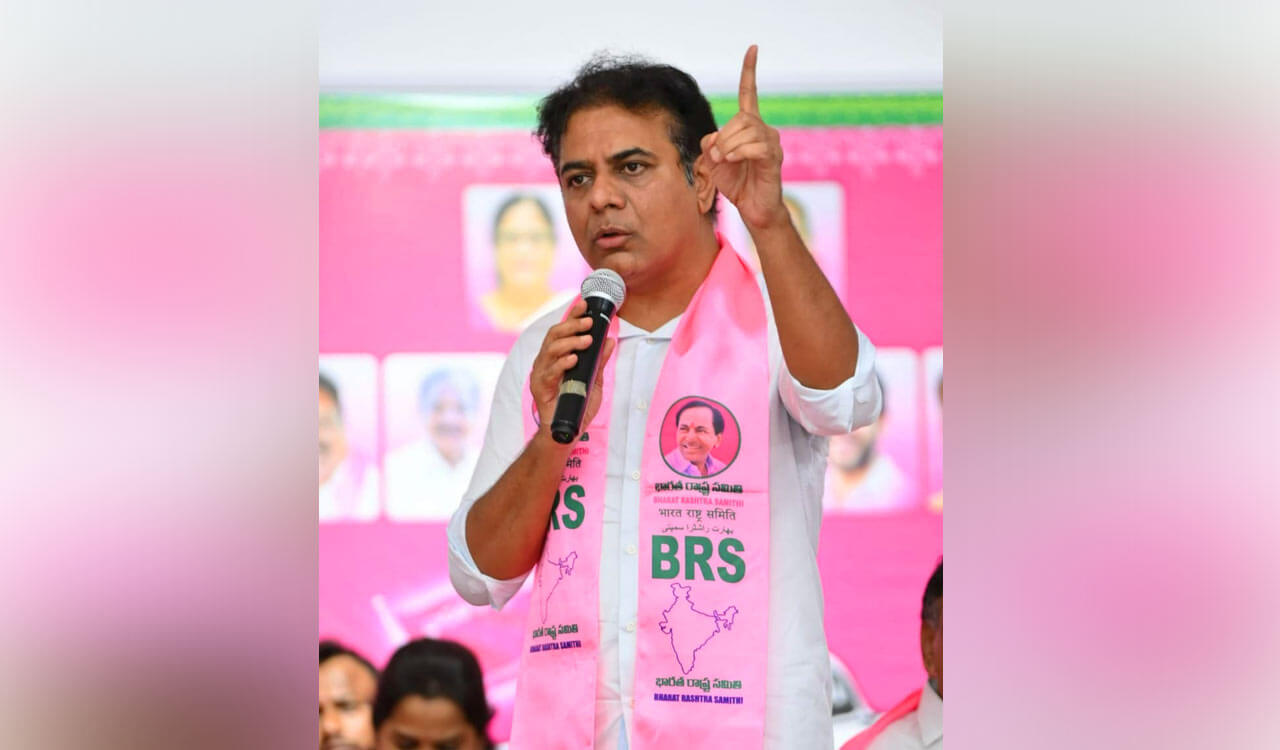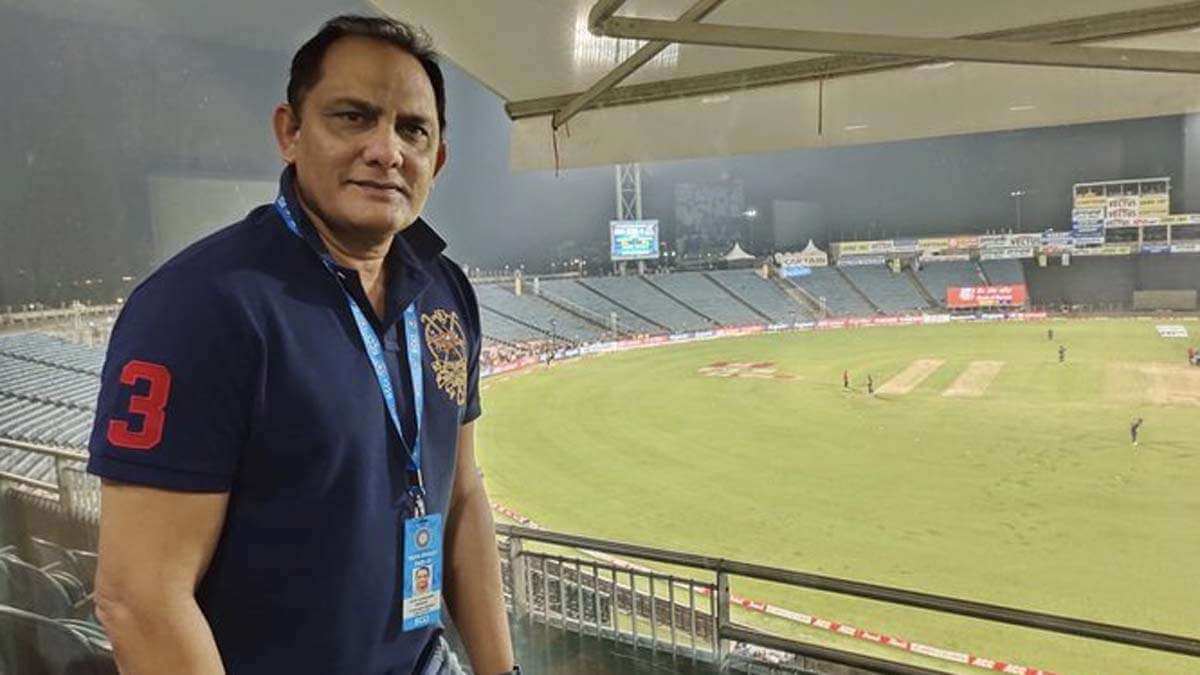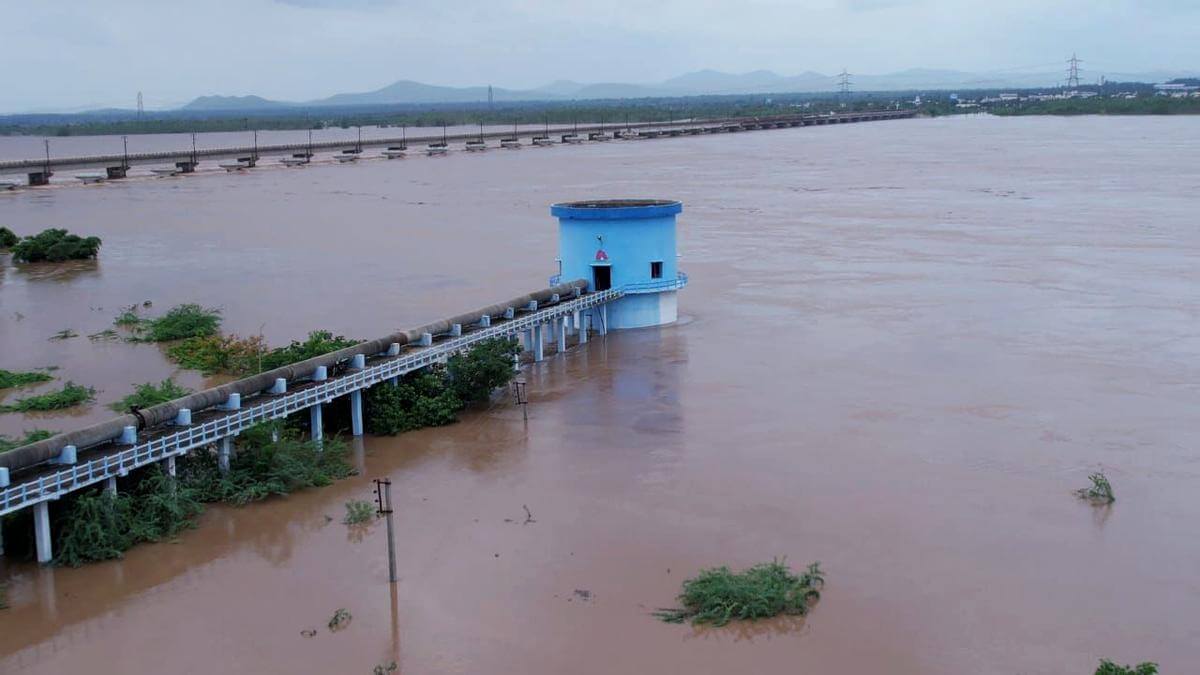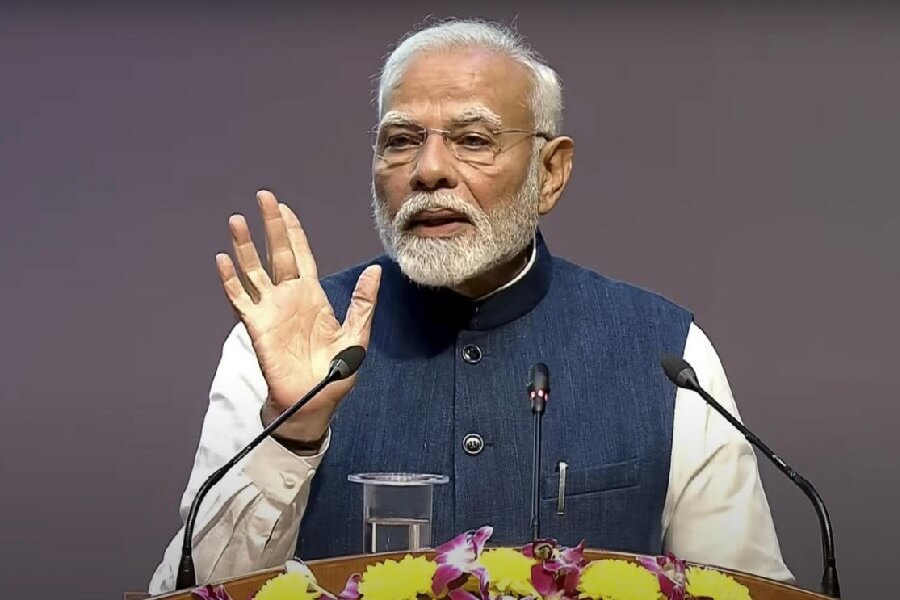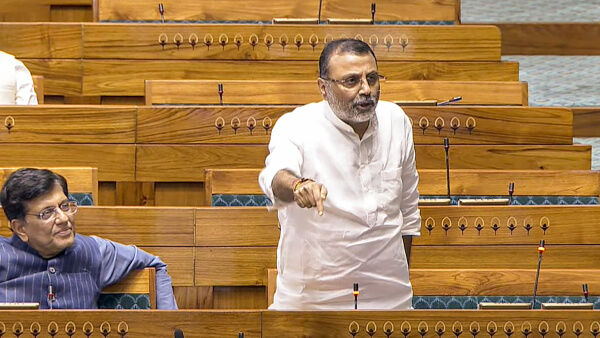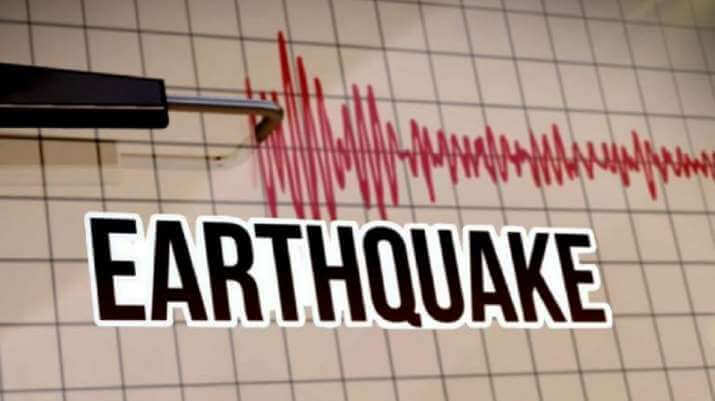ISRO to launch record 83 satellites in one go in Jaunary
Wed 28 Dec 2016, 13:39:25
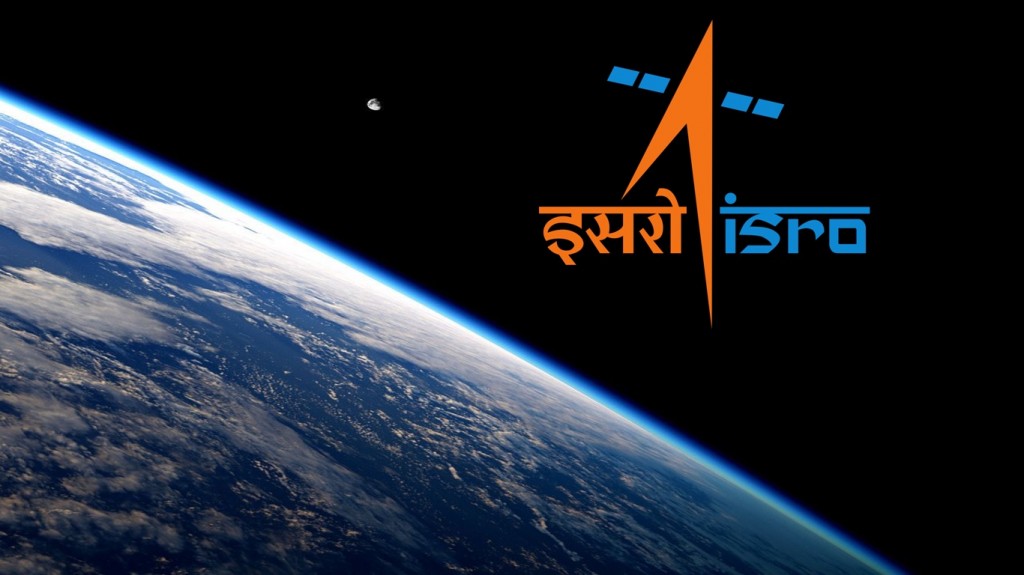
ISRO today said it would launch a record 83 satellites in one go using its workhorse PSLV-C37 toward the end of January."We are working for a January launch. It will be toward the end of January. The date has to be fixed," Indian Space Research Organisation Chairman A S Kiran Kumar told reporters here.
Of the 83 satellites, 80 belong to Israel, Kazakhstan, Netherlands, Switzerland and the US. They weigh about 500 kg. The three Indian satellites are Cartosat-2 series, weighing 730 kg as primary payload, and INS-IA and INS-1B, weighing 30 kg.
Setting a record in its space programme, ISRO in June had successfully launched 20 satellites, including its earth observation Cartosat-2 series, in a single mission on board PSLV-C34 from the spaceport in Sriharikota in Andhra Pradesh.
The space agency had earlier sent 10 satellites into orbit in a single mission in 2008. Calling 2016 a "good" year, Kumar said ISRO would launch at least five communication satellites in 2017."It (launches) will be more next year, we are actually looking at almost something like five communication satellites, then many more others. Some earth observation also," he said in response to a question on the number of launches that can be expected in 2017.
'In the year we are primarily trying to do our GSLV Mark III, then Mark II... one more launch we are trying to do," Kumar said.The first three months should see three
launches, beyond which ISRO was targeting almost one a month, he said on the sidelines of the 21st convocation of the National Institute of Mental Health and Neuro Sciences (NIMHANS) here.
launches, beyond which ISRO was targeting almost one a month, he said on the sidelines of the 21st convocation of the National Institute of Mental Health and Neuro Sciences (NIMHANS) here.
Stating that 2016 was a good year because ISRO was able to improve on what they were doing the previous year, Kumar said the main emphasis now was on building capacity."We need more and more capacity, launch capacity. We are working toward that. Our effort is to continuously increase," he added.
On transponder augmentation that ISRO is looking for, he said, "GSAT-17 is having another 48 transponders, then there is a SAARC satellite which will have about 12 transponders, then we are getting into the next generation GSAT-11 and GSAT-19. We are trying to do something like 14 gigabyte and 90 gigabyte type of thing- multi beam satellites."
Noting that ISRO is conducting tests for hazard avoidance for Chandrayaan 2 as it lands, he said, "We are verifying the performance of the system as designed."
"Chandrayaan 2,we are preparing for hazard avoidance, as it lands then it has to avoid boulders and things. We are verifying the performance of the system as designed, so there are some craters created and as it comes down how it negotiates. We are evaluating the performance of the system," he added.
ISRO has been conducting these tests at its facility in Challakere in Chitradurga district of Karnataka.
No Comments For This Post, Be first to write a Comment.
Most viewed from Specials
Most viewed from World
AIMIM News
Latest Urdu News
Most Viewed
May 26, 2020
Do you think Canada-India relations will improve under New PM Mark Carney?
Latest Videos View All
Like Us
Home
About Us
Advertise With Us
All Polls
Epaper Archives
Privacy Policy
Contact Us
Download Etemaad App
© 2025 Etemaad Daily News, All Rights Reserved.













